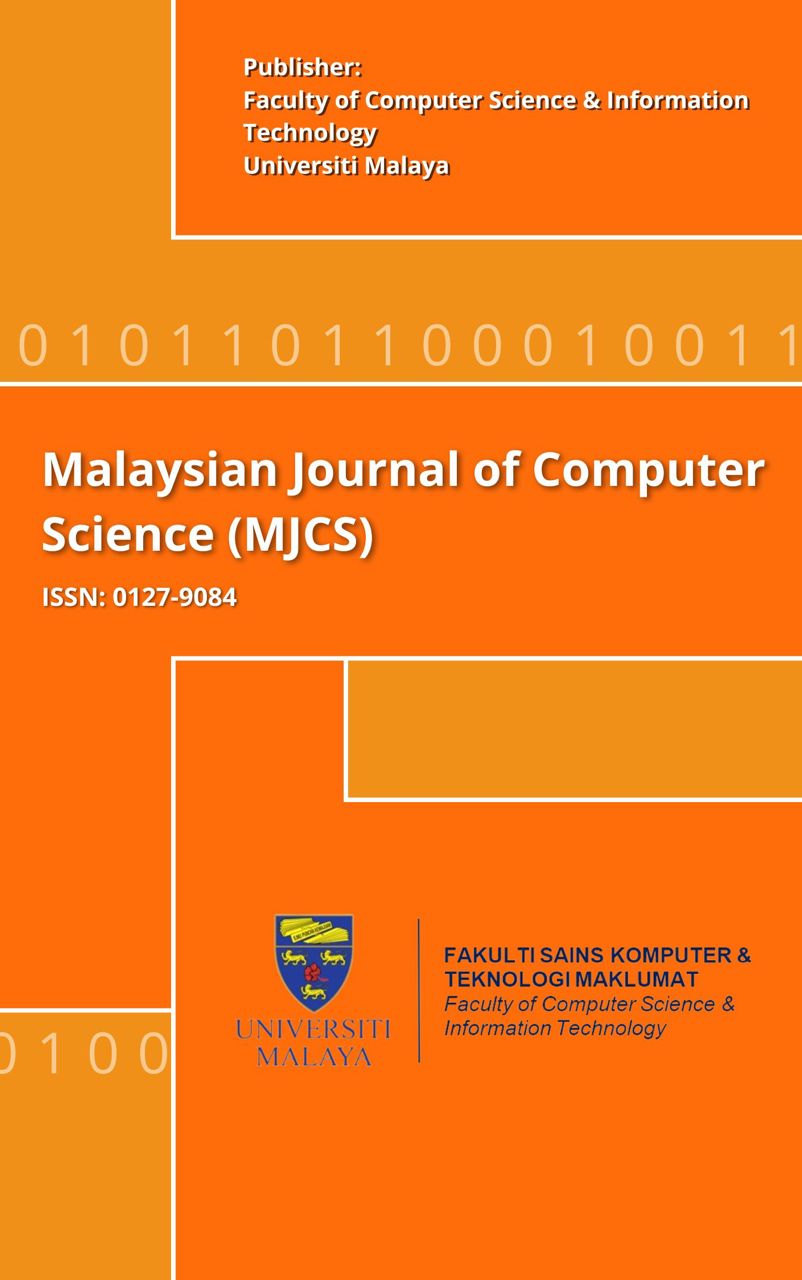ENHANCING BRIX VALUE PREDICTION IN STRAWBERRIES USING MACHINE LEARNING: A FUSION OF PHYSIOCHEMICAL AND COLOR-BASED FEATURES FOR IMPROVED SWEETNESS ASSESSMENT
Main Article Content
Abstract
This study contributes to the ongoing wave of artificial intelligence integration by applying machine learning techniques to automate the assessment of strawberry quality. This research focuses on determining if the sweetness of strawberries can be predicted using a combination of physiochemical variables, their interaction parameters, and color-based features extracted from image data. This research used a 150-sample collection of strawberry images and physiochemical characteristics such as salinity, specific gravity, pH, and Brix. Normalized raw and derived feature variables and selected dataset transformations were done. We then split the dataset into mutual exclusivity training and test sets. Exponential Gaussian Process Regression (GPR) suited well due to low validation errors. This best model predicted Brix values for the remaining test samples. The Mean Absolute Percentage Error(MAPE) showed 98.783% forecast accuracy (Acc). We also examined the model's coefficient of determination (R2) values, which were 0.78 and 0.9739 for training and testing, respectively. The Mean Square Error (MSE) and Mean Absolute Error (MAE) obtained after training were 0.32994 and 0.0453, and testing was 0.35286 and 0.0663. Using input characteristics with high Acc and low error rates, deep learning models like Recurrent Neural Network (RNN) and its derivatives were constructed. Using physiochemical and visual data, machine learning and deep learning models successfully predict strawberry sweetness. This prediction accuracy shows the complex link between internal components and Brix readings, enabling high-quality strawberry production.
Downloads
Article Details

This work is licensed under a Creative Commons Attribution-ShareAlike 4.0 International License.
